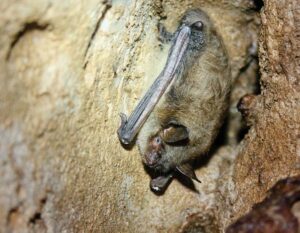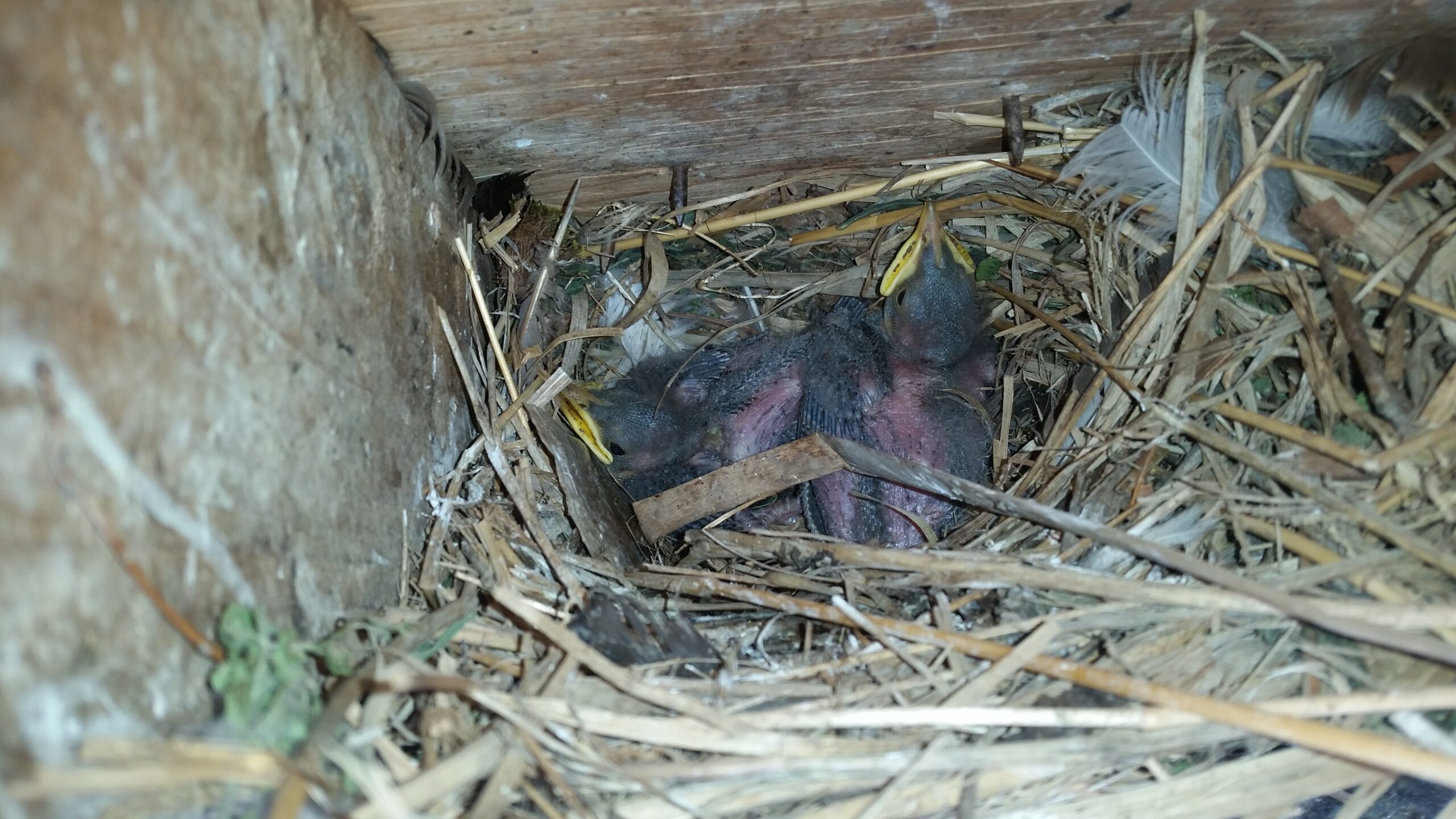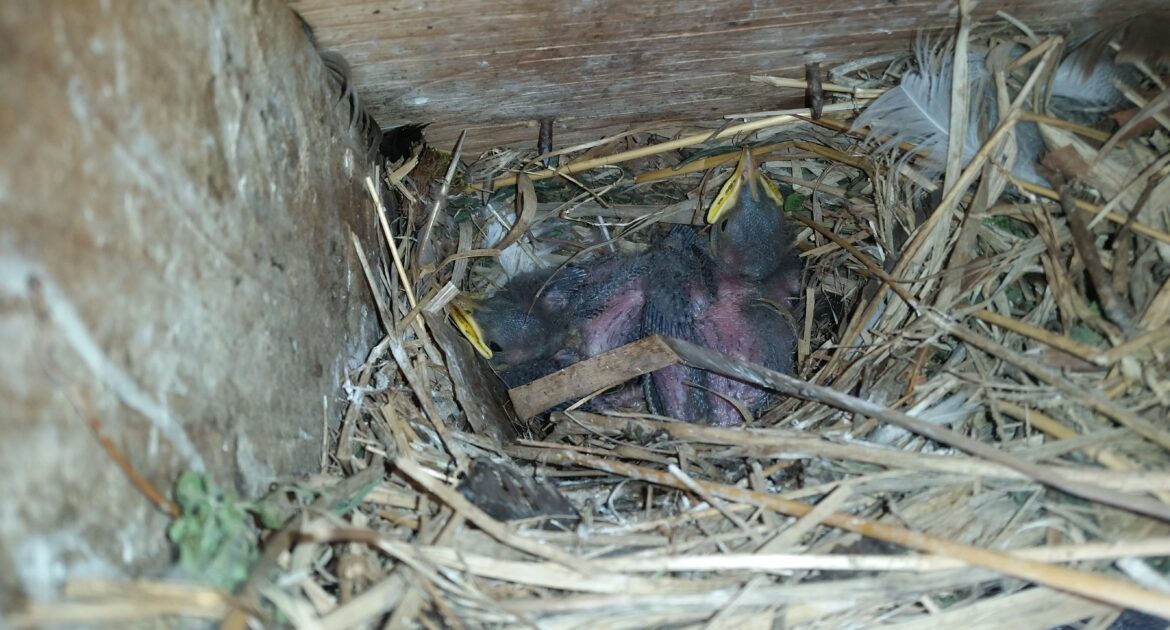Bats and birds both fly, so it isn’t surprising that people think they must be related. The truth is, they aren’t! Bats are classified as mammals, while birds are in the aves class. The first time bats show up in the fossil record is approximately 50 million years ago. On the other hand, birds evolved between 150 million to 165 million years ago from theropod dinosaurs.
If you discover bats in your home, contact experts in humane bat removal for help. Though bats and birds both evolved into flying animals, they have more differences than similarities.
How Are Bats Different From Birds?
Other than the fact that bats and birds both fly, they don’t share many other common features. Many bat and bird species eat similar types of food, and both serve important roles as pollinators. Some birds are nocturnal, as are almost every species of bat. Other than that, bats have features that make them distinct from birds.
Bats Don’t Have Feathers
Bats have fur on their bodies, not feathers. Bird bones are hollow, while bat bones are not. Their wings are different too. The bones in the bat’s wing are the same as the bones in our hands, and a thin, skin-like membrane stretches across the bones and connects to the body. Where birds have beaks and no teeth, bats have jaws and a mouth full of teeth (though they won’t bite your neck and turn you into a vampire).
Bats Don’t Have Lift-Off Power
The structural differences between the bat’s body and the bird’s body lead to differences in flight as well. We’ve all seen birds take off in flight from wherever they are perched. Bats do not have this ability. Instead, they must drop from an elevated surface and then flap their wings to begin flying. Though this may seem inefficient, bats are actually more efficient in flight than birds. Their dexterous fingers and the thin membrane of their wings provide them excellent maneuverability in flight. However, bats are unable to fly into openings in your attic. They must first land on a surface and then crawl through the hole, but they can fit through some tight spaces!

Bats Have Live Births
Where birds lay eggs and forage for food to feed their young after they hatch, bats give birth to live pups and feed themselves so they can nurse their little ones. Different bird species have varying clutch sizes, from one egg to 14. All bats give birth to one pup per year, though occasionally a bat mama has twins.
Bats Use Echolocation
Almost all birds have exceptionally keen eyesight and use it for hunting and capturing prey, as well as avoiding collisions in the air. Bats don’t have poor vision, but it isn’t as good as a bird’s eyesight. They rely on echolocation to find dinner and steer clear of obstacles. This fascinating trait doesn’t just inform them about where their prey is located; it also gives them information about its shape, size and texture.
How Do You Get Rid of a Bat From Your Home?
Bats are protected species both nationally and provincially. It is illegal to capture, harm or kill one, even if it’s in your home. Bats can find their way into chimneys, attics and walls. If you have one flying around your living quarters, it likely got there by accident. Bats are not aggressive animals, but they defend themselves when frightened or threatened. For your safety and the bat’s wellbeing, it is best if you seek assistance.
Who Can Help With Humane Wildlife Control in Richmond Hill?
Skedaddle technicians are experts in humane bat removal. We understand bat behaviour and biology, and we use exclusion methods that keep both them and you safe. If you discover bats in your home, contact the experts at Skedaddle for help.




